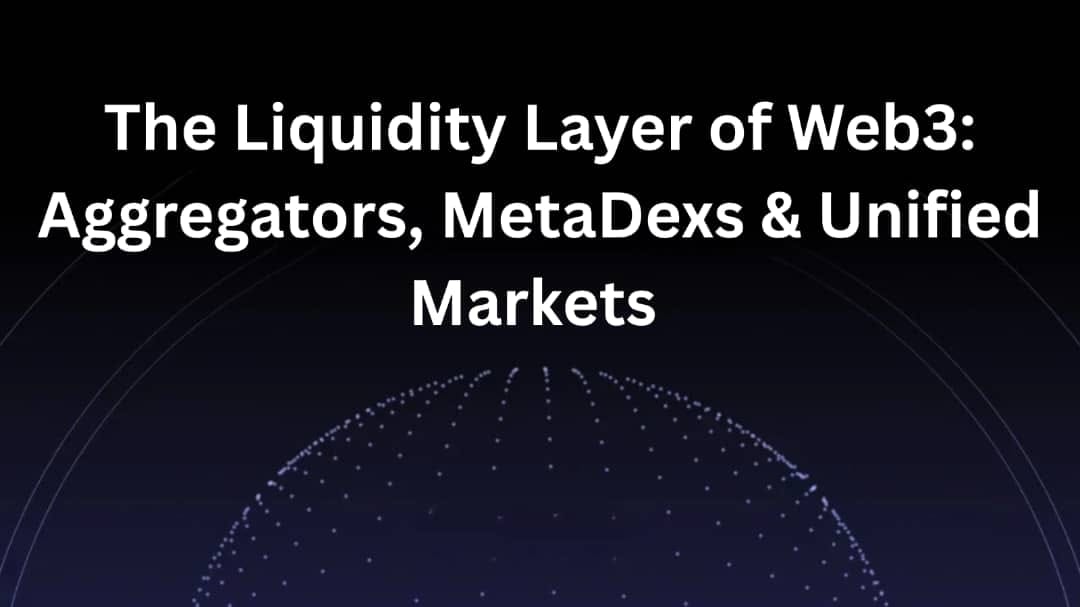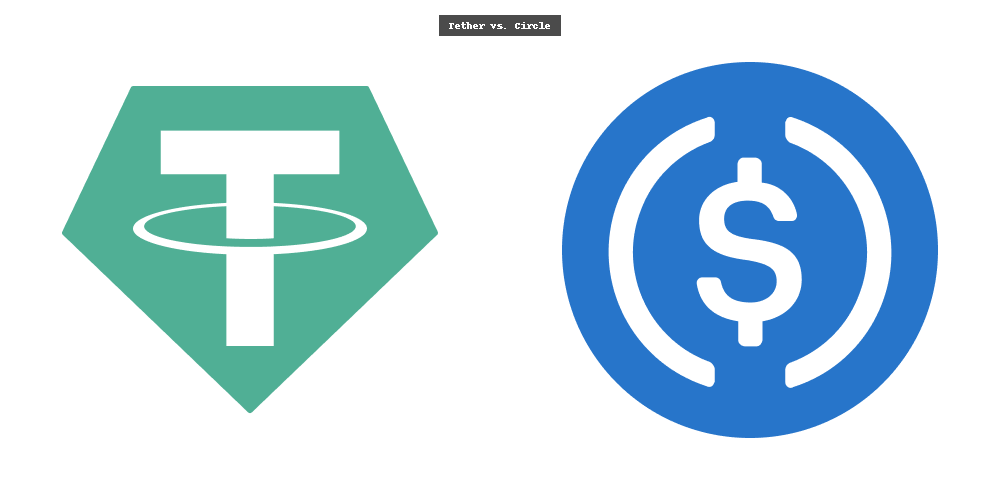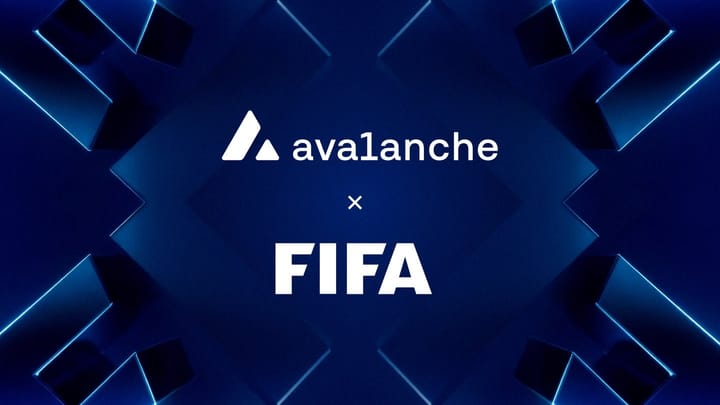The Liquidity Layer of Web3: Aggregators, MetaDEXs & Unified Markets

Introduction
Liquidity represents the lifeblood of any financial market. In the decentralized finance (DeFi) universe, which operates on blockchain networks, liquidity is critical to ensuring efficient asset exchange and fostering a vibrant, accessible marketplace. The rapid growth of Web3 applications and decentralized exchanges (DEXs) has introduced a new set of liquidity challenges and opportunities, largely driven by market fragmentation and the proliferation of multiple blockchain networks. This article explores the liquidity layer in Web3 focusing on aggregators, MetaDEXs, and unified markets and highlights pioneering platforms like CoW Swap, 1inch, and Kyber that are building intelligent routing systems to optimize fragmented liquidity.
1. Understanding Liquidity Challenges in Web3
Unlike traditional finance, where liquidity pools are more centralized and consolidated, the DeFi ecosystem faces the inherent challenge of fragmented liquidity. Several factors contribute to this:
- Multiple competing DEXs and protocols: With Uniswap, SushiSwap, Balancer, Curve, and many others, liquidity gets distributed across different platforms.
- Cross-chain ecosystems: Assets and liquidity scatter across multiple blockchains like Ethereum, Binance Smart Chain, Polygon, Avalanche, etc.
- Diverse liquidity models: AMMs, order books, batch auctions, and automated market making all contribute differing liquidity styles requiring aggregation.
- Slippage and price impact: Small fragmented pools may cause large trades to execute inefficiently causing slippage.
Consequently, end-users and traders risk receiving poor execution prices or failing to find sufficient liquidity at the right time. This problem has paved the way for the emergence of liquidity aggregators and MetaDEXs systems that link across fragmented liquidity sources and route trades intelligently.
2. What Are Aggregators and MetaDEXs?
DEX Aggregators
DEX aggregators are platforms that scan multiple decentralized exchanges to find the best price and liquidity pools for any given trade. Instead of manually searching for the best place to swap tokens, users access a single interface that aggregates liquidity and optimizes routing across many DEXs. Aggregators can improve price execution, reduce slippage, and lower transaction fees by splitting orders across multiple venues simultaneously if needed.
MetaDEXs
MetaDEXs take aggregation further by building a unified order book or liquidity layer across different DEXs, blockchains, and trading protocols. They may incorporate elements of order matching (off-chain or on-chain), batch auctions, or hybrid AMM/order book mechanisms to maximize liquidity utilization while maintaining decentralization. MetaDEXs often serve as multi-chain, multi-protocol liquidity layers that power more complex DeFi infrastructure.
Unified Markets
Unified markets envision breaking down even larger barriers by offering seamless cross-chain and cross-protocol trading that aggregates virtually all liquidity sources in one place. This unification promises to make assets fully fungible regardless of where they originate, eliminate arbitrage inefficiencies, and improve user experience dramatically.
3. Key Players in the Liquidity Layer
CoW Swap
CoW Swap (Coincidence of Wants) is a pioneering batch auction DEX aggregator built on Ethereum. Unlike traditional AMM-based aggregators, CoW Swap uses batch auctions and a solver architecture to enable trades to find matching counterparts directly, avoiding direct market impact and reducing front-running risks. It leverages arbitrage and MEV (Miner Extractable Value) strategies constructively in its auctions. CoW Swap solves the “last-mile” problem with liquidity by enabling multisided order matching instead of relying solely on liquidity pools.
1inch
1inch is one of the earliest and most well-known DEX aggregators. It connects across dozens of liquidity sources, including DEXs and protocols like Uniswap, SushiSwap, and Balancer. 1inch’s intelligent routing algorithm splits large trades into smaller segments that are routed across multiple platforms to minimize slippage and gas fees. It also offers a gas token optimizer (“Chi Token”) to reduce costs and has expanded into multi-chain aggregation spanning Ethereum, Binance Smart Chain, Polygon, and more.
Kyber Network
Kyber Network introduced the concept of on-chain liquidity protocol with its Reserve smart contracts allowing liquidity providers to contribute to a shared liquidity pool. KyberSwap is the front-end DEX aggregator that accesses this liquidity and fetches quotes from external DEXs and market makers. Kyber's architecture enables integration with many DeFi projects for composability. Its latest version focuses on elastic liquidity aggregation across chains with its KyberDMM and Kyber 3.0 upgrades.
3.1 Other Noteworthy Platforms
- Paraswap: Similar to 1inch, Paraswap offers aggregation with robust routing algorithms.
- Matcha: A user-friendly DEX aggregator built on 0x Protocol.
- OpenOcean: Cross-chain aggregator with a focus on efficient routing.
- Paraswap: Advanced algorithms for gas efficiency and price optimization.
4. Intelligent Routing Systems: How They Optimize Trades and Liquidity
Intelligent routing is the secret sauce behind successful aggregators and MetaDEXs. It involves complex algorithms analyzing multiple liquidity sources, AMM pools, order books, fees, gas costs, and slippage to split and route trade orders optimally. Here’s how it works in detail:
Price Discovery
The routing engine queries prices, liquidity depth, and trading fees from hundreds of pools and DEXs connected to the platform. It considers the token pair, amount, and network conditions in real time.
Order Splitting
Large orders are broken into smaller chunks. This reduces price impact and slippage while taking advantage of multiple liquidity sources simultaneously. The routing engine calculates how much to send to each venue.
Cost Optimization
Gas fees and transaction costs vary per chain and DEX. Routing algorithms also factor these in to maximize trade efficiency, sometimes choosing a slightly worse price if the gas cost saving is substantial.
Batch Auctions and On-Chain Solvers
Uniquely, platforms like CoW Swap introduce batch auctions where multiple trades execute simultaneously in an off-chain solver environment that finds mutually beneficial matches, thus avoiding price impact entirely. This approach is highly innovative and reduces arbitrage opportunities that plague regular DEX trading.
Cross-Chain Routing
Some aggregators have begun integrating cross-chain bridges and protocols to route trades spanning Layer 1 and Layer 2 chains, expanding liquidity access and further reducing fragmentation.
Machine Learning and Predictive Models
Advanced platforms experiment with ML to forecast gas prices, slippage risks, and liquidity shifts, adapting routing paths dynamically.
"Efficient routing isn’t just about analytics—it’s about creating frictionless access to deep pools of liquidity across multiple sources, enabling traders to get the best value in a rapidly evolving ecosystem."
5. The Rise of Unified Markets
The ambition isn’t just to route trades smarter but to unify liquidity across chains and protocols into cohesive markets. United markets break down the siloed nature of DeFi, leading to:
- Seamless cross-chain swaps: Via bridges and wrapped assets.
- Universal order books: Aggregated across chains, available to any DEX interface.
- Shared liquidity pools: Where capital can flow freely.
- Reduced arbitrage inefficiencies: As pricing converges.
Initiatives like CoW Swap's integration with MEV-boosting Batch Auctions, the evolving 1inch multi-chain liquidity ecosystem, and Kyber Network's liquidity protocol upgrades are leading us toward this unified ideal.
6. Benefits and Challenges of the Liquidity Layer
6.1 Benefits
- Lower slippage and better prices: Aggregation means traders no longer settle for suboptimal liquidity.
- Gas efficiency: Optimized routes reduce total blockchain interaction costs.
- Greater capital efficiency: Liquidity providers reach a wider market.
- Improved user experience: Users trade easily without needing to manually research DEXs.
- Reduced MEV and front-running risk: Batch auctions and auction-based matching.
6.2 Challenges
- Complexity of routing: Algorithm maintenance and optimization require engineering effort and continual improvements.
- Cross-chain risk: Bridges and chains bring additional security vectors.
- Latency and execution risk: Price changes between routing and execution could impact expected returns.
- Dependency on external protocols: Aggregators rely on various DEXs' uptime and liquidity.
7. Case Study: A Typical Smart Routing Trade
Imagine a trader wants to swap 10,000 USDC for ETH on Ethereum Mainnet. If they use a standard single DEX, large trade size might cause significant slippage. Aggregators perform the following:
- Query multiple DEXs like Uniswap, Curve, SushiSwap, Balancer, and CoW Swap’s batch auctions.
- Analyze liquidity depth and gas fees.
- Split the trade: 4000 USDC through Uniswap, 3500 through Curve, 2500 via CoW Swap’s auction.
- Submit all in a single transaction using optimized ordering to reduce gas.
- Execution completes with minimized slippage, best price, and possibly gas savings.
This process ensures traders receive much better pricing than manual single-DEX swaps while also mitigating risks like frontrunning and MEV exploits.
The Future of Liquidity in Web3
The Web3 liquidity landscape is dynamic and evolving quickly:
- Multi-chain and Layer 2 adoption: Aggregators and MetaDEXs will continue expanding to layer 2s like Optimism and Arbitrum to access cheaper liquidity.
- Improved interoperability: Cross-chain messaging protocols will unify assets and markets further.
- AI-enhanced routing: Machine learning will optimize routing strategies beyond heuristics.
- Regulatory clarity: As authorities define rules, liquidity platforms will adapt and provide compliant access while maintaining decentralization.
Ultimately, the liquidity layer will become fully transparent, seamless, and inclusive, empowering billions to participate in open finance worldwide.
Further Resources & Reading
- CoW Swap - Official Website
- 1inch - Official Website
- Kyber Swap - Official Website
- 1inch Documentation
- Kyber Network Docs
- Deep Dive on CoW Swap Mechanics (ETHResearch)
- How 1inch Optimizes Your Swaps
- Dex Aggregators Explained - OpenZeppelin
- Kyber 3.0 Vision
- Multi-chain DEX Aggregators and Liquidity Solutions



Comments ()